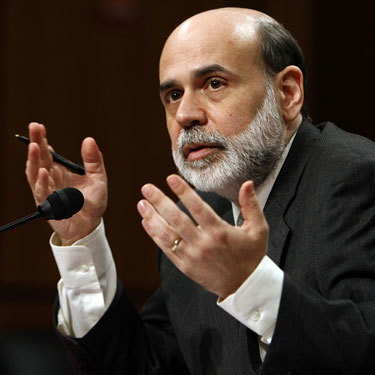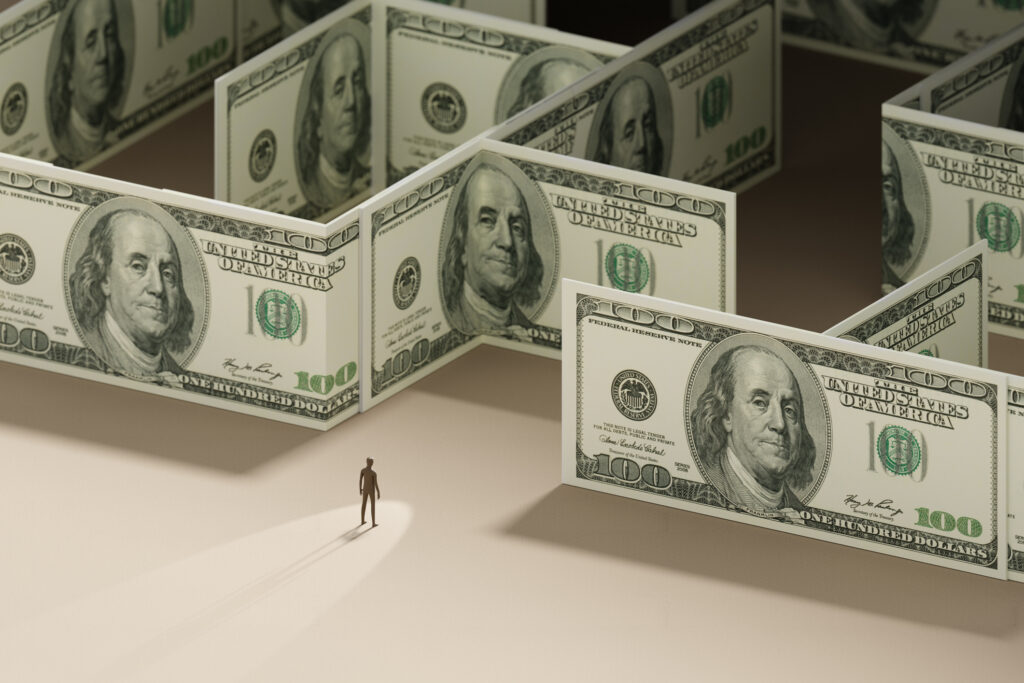Panic? Or prudence?
That is the question in the wake of news that Wall Street firms secretly received at least $1.2 trillion in emergency loans from the Federal Reserve during the financial crisis.
The revelation of $1.2 trillion in secret bailouts to US and foreign-owned banks and Wall Street firms came from Bloomberg News, which arrived at the estimate after spending months poring over information secured through Freedom of Information Act requests and lawsuits aimed to loose the data. The $1.2 trillion represents the peak of lending, which occurred on Dec. 5, 2008.
The news raises questions over whether the Fed reacted prudently or overreacted to the credit crisis.
The secrecy behind the payouts is not the only troubling aspect of the revelations, said Larry Kaufmann, an economic consultant and senior adviser at Pacific Economics Group.
‘May Have Been Far Worse’
“The first thing that struck me is it shows the extent of the crisis may have been far worse than it first appeared,” said Kaufmann. “It also shows how bad the [news] reporting is and how bad and biased the reporting on the ultimate causes of the crisis is.
“It was the federal government that created the housing boom” that resulted in the bust, Kaufmann said, through policies including the Federal Reserve’s low interest rates and the actions of the government-backed mortgage institutions Fannie Mae and Freddie Mac. “Wall Street came fairly late to the game but is still getting a lot of the blame.”
Kaufmann also said the Federal Reserve’s huge response to the credit crisis starting in 2008 shows its true allegiance first and foremost is to bankers. The Fed accepted as collateral junk bonds, risky stocks and other dubious financial instruments, and allowed banks that were publicly declaring they had plenty of cash on hand to secretly borrow from the Fed to hide their weakness.
‘Fed’s Clients Are the Banks’
“The Fed’s ultimate clients are the banks,” Kaufmann said. “I think there was this enormous mess that was unprecedented in a sense, and the Fed reacted so that whatever banks needed, they were there for them.”
Bloomberg reporters Bradley Keoun and Phil Kuntz noted in their article, “The loans dwarfed the $160 billion in public bailouts the top 10 [banks] got from the U.S. Treasury.”
They added, “The largest borrower, Morgan Stanley (MS), got as much as $107.3 billion, while Citigroup took $99.5 billion and Bank of America $91.4 billion.”
Furthermore, the Bloomberg report shows almost half of the Fed’s top 30 borrowers were European firms, including Royal Bank of Scotland ($84.5 billion) and Switzerland’s UBS AG ($77.2 billion).
The report also shows Fed rescue money secretly flowed to many firms well into 2010, even though the “recovery” officially began in 2009, according to the National Bureau of Economic Research.
The biggest banks fought the release of much of the information all the way to the U.S. Supreme Court, which in March of this year declined to intervene. The decision to stay out of the case let stand a lower court ruling ordering the release of the information Bloomberg was seeking.
Michael McKay, host of RadioFreeMarket.com and author of Secrets About Money That Put You At Risk, said he is disturbed by the apparent “fragility” of a financial system “that requires the Federal Reserve and its complicit partners to operate in secret. The dollars in a way aren’t as important as knowing that, without Bloomberg, nothing would have come to light.”
Moral Hazard Created
Kaufmann said even if the situation had been so dire the Federal Reserve had to secretly pump more than $1 trillion into these firms, Americans should be bothered by the moral hazard that has been created. Because they have been shielded from the consequences of their bad decisions, large banks may in future continue to act in risky ways.
“If the Fed is the lender of last resort, it shouldn’t be lending money at subsidized rates, which is what it did,” Kaufmann said. “It should be charging penalty rates. They should have charged higher rates to show this is not the new business as usual.”
As if to underscore Kaufmann’s point, The Wall Street Journal on Aug. 25 reported the European Central Bank “charges a punitive 2.25% interest rate to borrow from its facility, well above what a healthy bank typically would pay to borrow via other channels.”
Steve Stanek ([email protected]) is a research fellow at The Heartland Institute and managing editor of FIRE Policy News.



